Blog
Panneton Dental Group
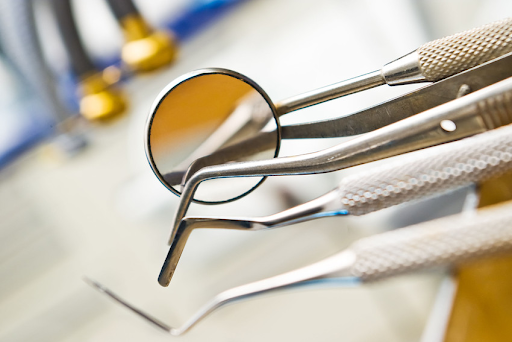
Highlights Understand what comprehensive dentistry includes beyond basic cleanings Learn how full oral evaluations help detect issues early Explore preventive, restorative, cosmetic, and orthodontic treatments available in one place Discover how technology and comfort-focused care improve the patient experience See how long-term treatment planning supports both health and aesthetics Understand the link between oral health and overall wellness Find out why consistency and trust with your dental team lead to better outcomes If you think visiting the dentist means just a quick cleaning and a cavity check, you might be surprised at what comprehensive dentistry has to offer. At Panneton Dental Group, comprehensive care goes far beyond the basics. It involves a detailed, whole-mouth approach to diagnosing, treating, and preventing oral health issues. This method allows patients to address both immediate concerns and long-term goals under one roof. Whether you’re seeking routine care or full-mouth restoration, comprehensive dentistry delivers a complete solution for lasting dental wellness. Full Oral Evaluation Your first visit to a comprehensive dental office typically starts with an in-depth oral examination. At Panneton Dental Group in Omaha, NE, this includes more than just looking at your teeth. Dentists evaluate your gums, tongue, cheeks, bite alignment, and jaw function. They look for signs of decay, gum disease, enamel wear, and even oral cancer. The American Dental Association (ADA) r ecommends that a comprehensive exam review both medical history and risk factors to catch systemic issues early. Digital X-rays and intraoral photos provide detailed images, helping the dentist catch issues early. This thorough assessment forms the foundation of your personalized treatment plan and ensures that no problem goes unnoticed or untreated. Preventive Services Comprehensive dentistry puts prevention at the forefront. At Panneton Dental Group, patients receive more than standard cleanings—they get proactive care designed to stop problems before they start. Services may include professional fluoride treatments, sealants for cavity-prone teeth, custom mouthguards, and deep cleanings for gum health. The Centers for Disease Control and Prevention notes that untreated cavities are among the most common chronic diseases , even though they are almost entirely preventable with regular care. Regular exams track oral health changes, allowing for early intervention. Education on brushing techniques, flossing habits, and dietary choices supports long-term wellness between visits.
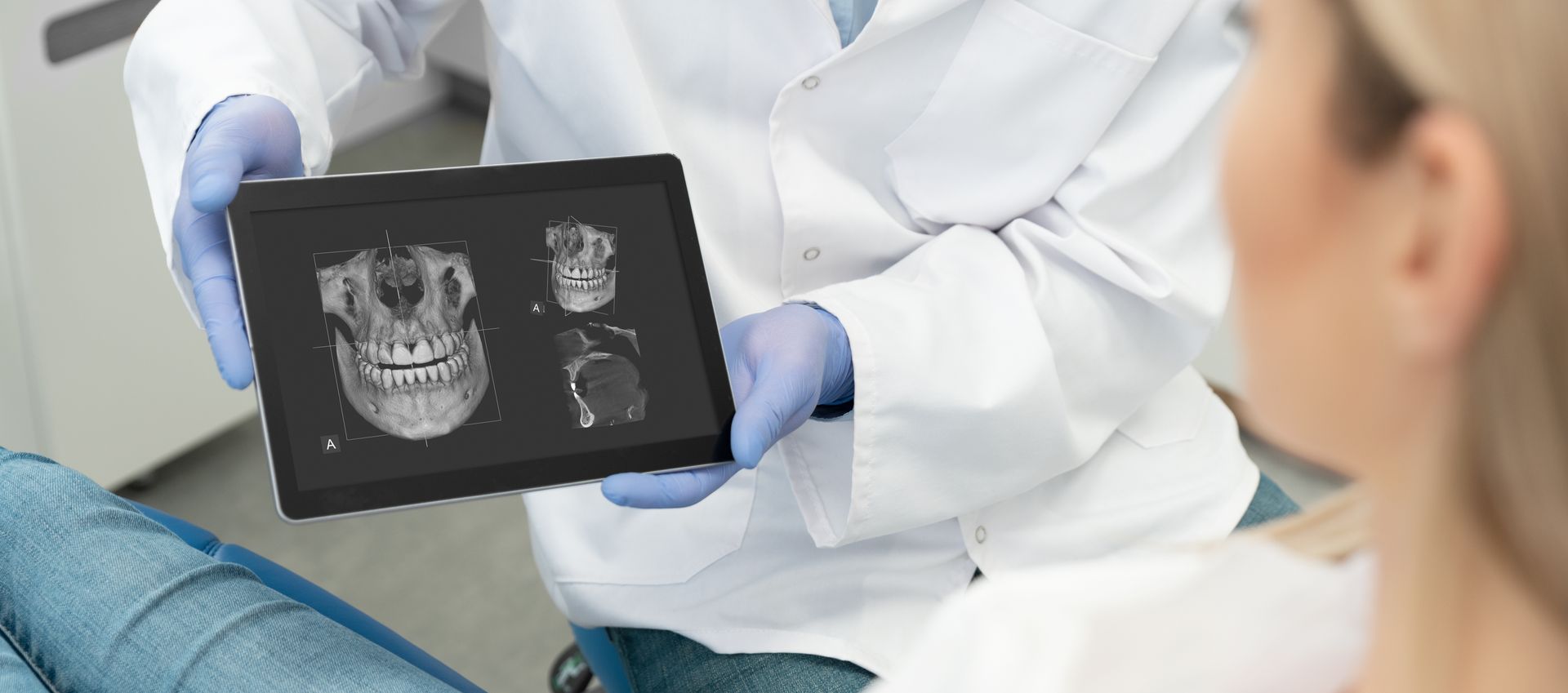
📸 Dental X-Rays: Are They Really Necessary? If you’ve ever been to the dentist and heard, “Let’s take some X-rays,” you might have wondered—is that really necessary? After all, if everything feels fine, why do we need images of your teeth? It’s a great question—and one we’re happy to answer. Dental X-rays are more than just routine; they’re a key part of keeping your smile healthy before problems start. Let’s take a closer look at why we use them, how often you really need them, and how safe they are. 🦷 Why Do Dentists Use X-Rays? Your dentist can see a lot during your exam—but not everything. X-rays give us a look below the surface where the eyes can’t see, including: • Tooth decay between teeth or under old fillings • Infections or abscesses at the root • Bone loss from gum disease • Impacted teeth or wisdom teeth • Developmental issues in kids and teens • Tumors or cysts in the jaw or soft tissue In short: X-rays help us catch issues early, often before they become painful, expensive, or more complicated to treat 📅 How Often Do You Need Dental X-Rays? It depends on a few factors, including your age, dental history, and current oral health. Here’s a general guideline: • New patients usually get a full set of X-rays to establish a baseline. • Healthy adults may only need bitewing X-rays (the kind that checks between teeth) once a year. • Patients with a history of cavities, gum disease, or other issues may need them more frequently to monitor changes. • Kids and teens might need them more often as their teeth and jaws are developing. Your dentist will recommend a schedule that’s right for you—not a one-size-fits-all approach. ☢️ Are Dental X-Rays Safe? Yes—they’re very safe, especially with today’s technology. Here’s why: • Digital X-rays (used in most modern dental offices) use up to 90% less radiation than traditional film X-rays. • You’re exposed to less radiation than you'd get from a short flight or a day in the sun. We only take X-rays when necessary and always aim to use the lowest exposure possible. Your safety is our priority. 🤔 Do You Have a Choice? Of course! If you ever have questions or concerns about X-rays, talk to your dentist. We’re happy to explain the benefits and discuss your individual needs. But keep in mind: skipping them may mean missing problems that could grow worse over time. Think of X-rays as a “behind-the-scenes” tool—quiet, quick, and incredibly helpful in protecting your long-term oral health.


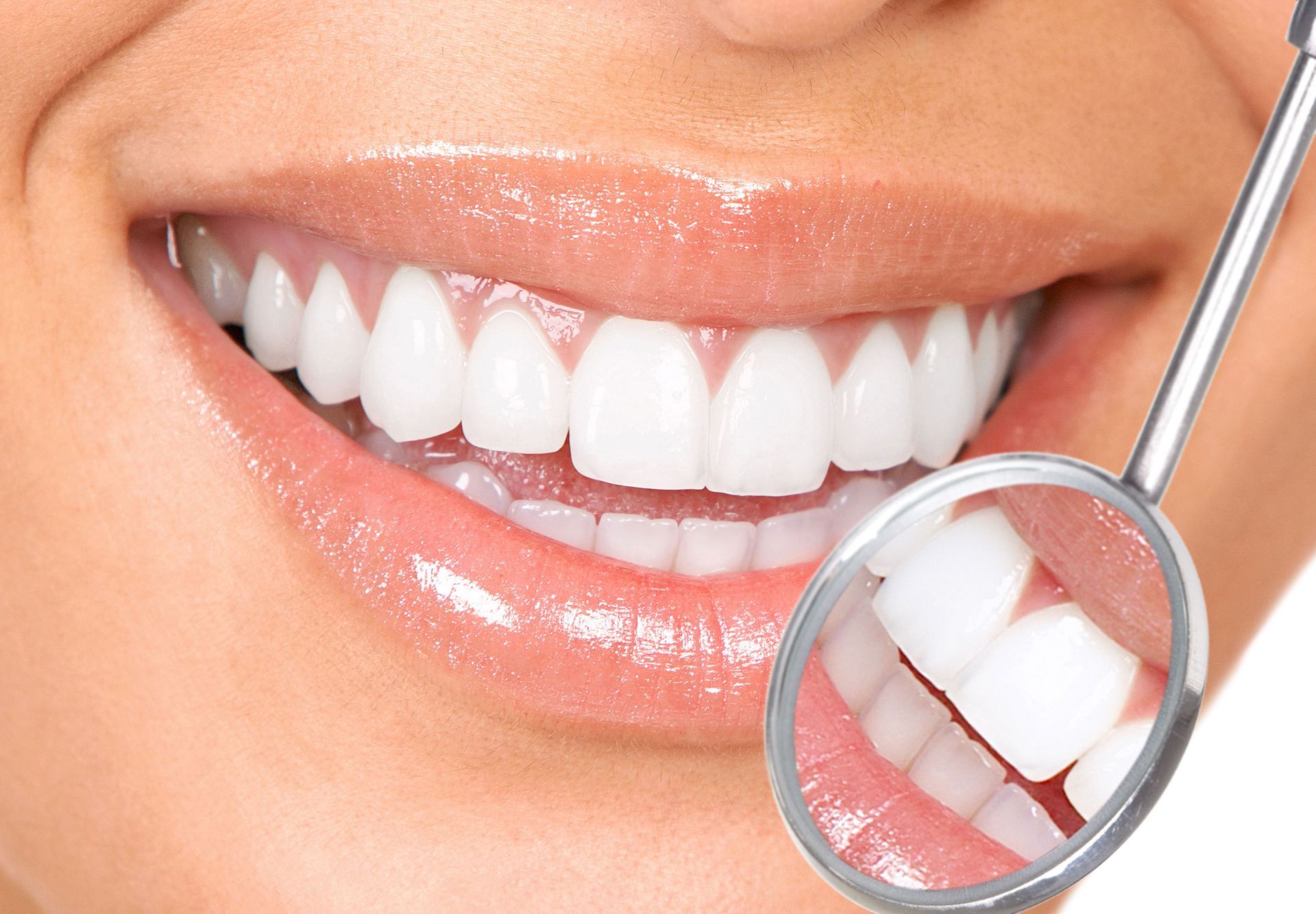

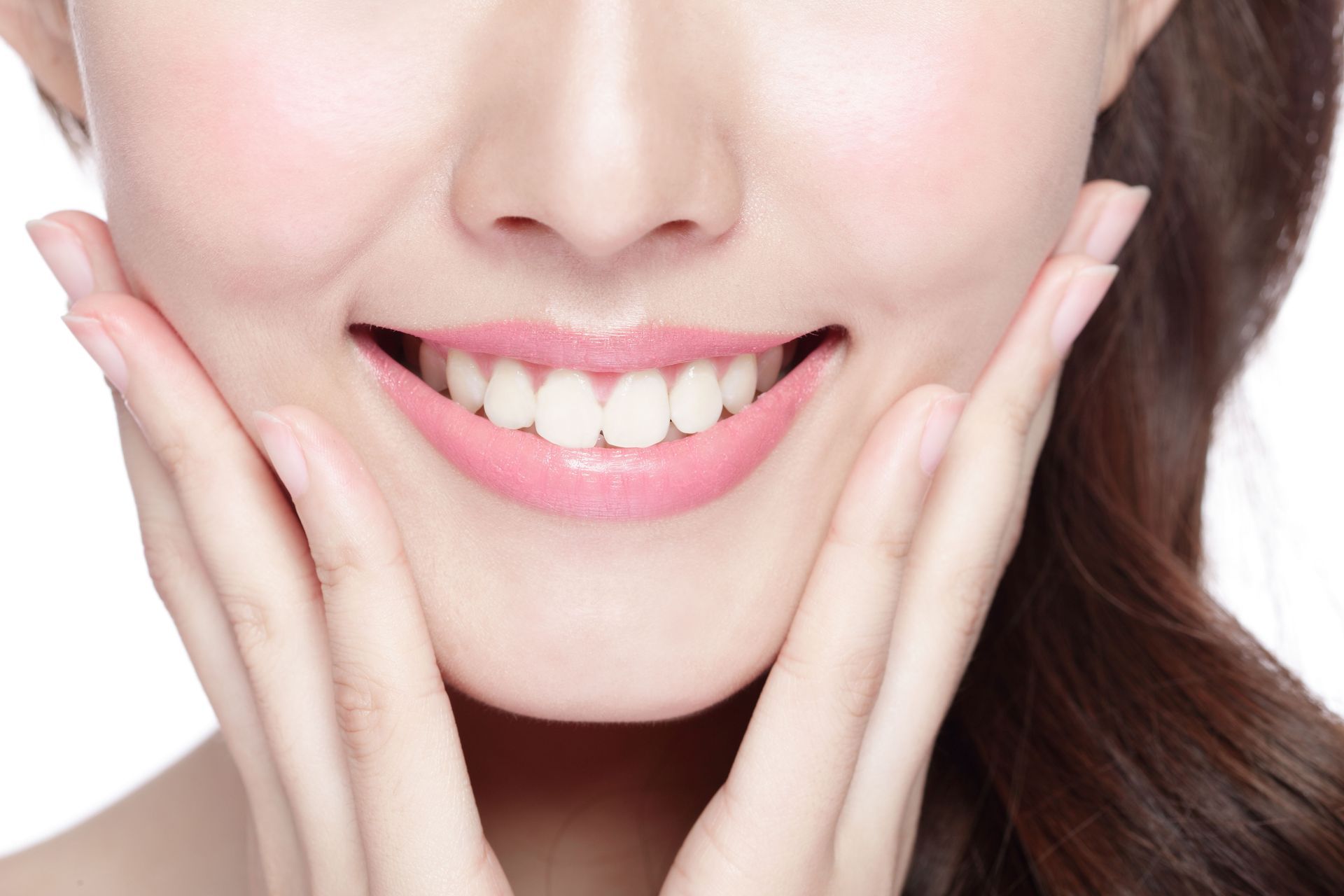
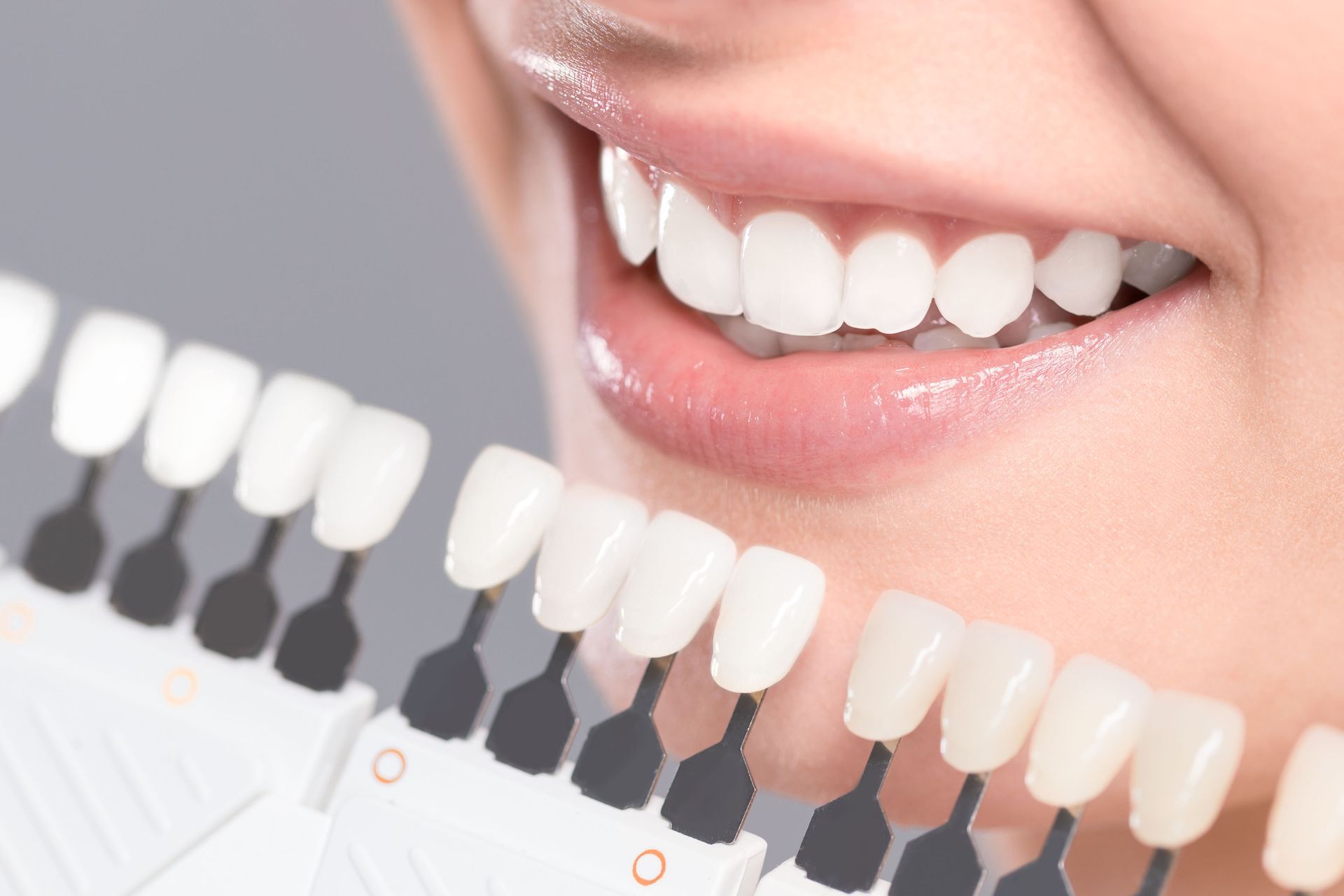
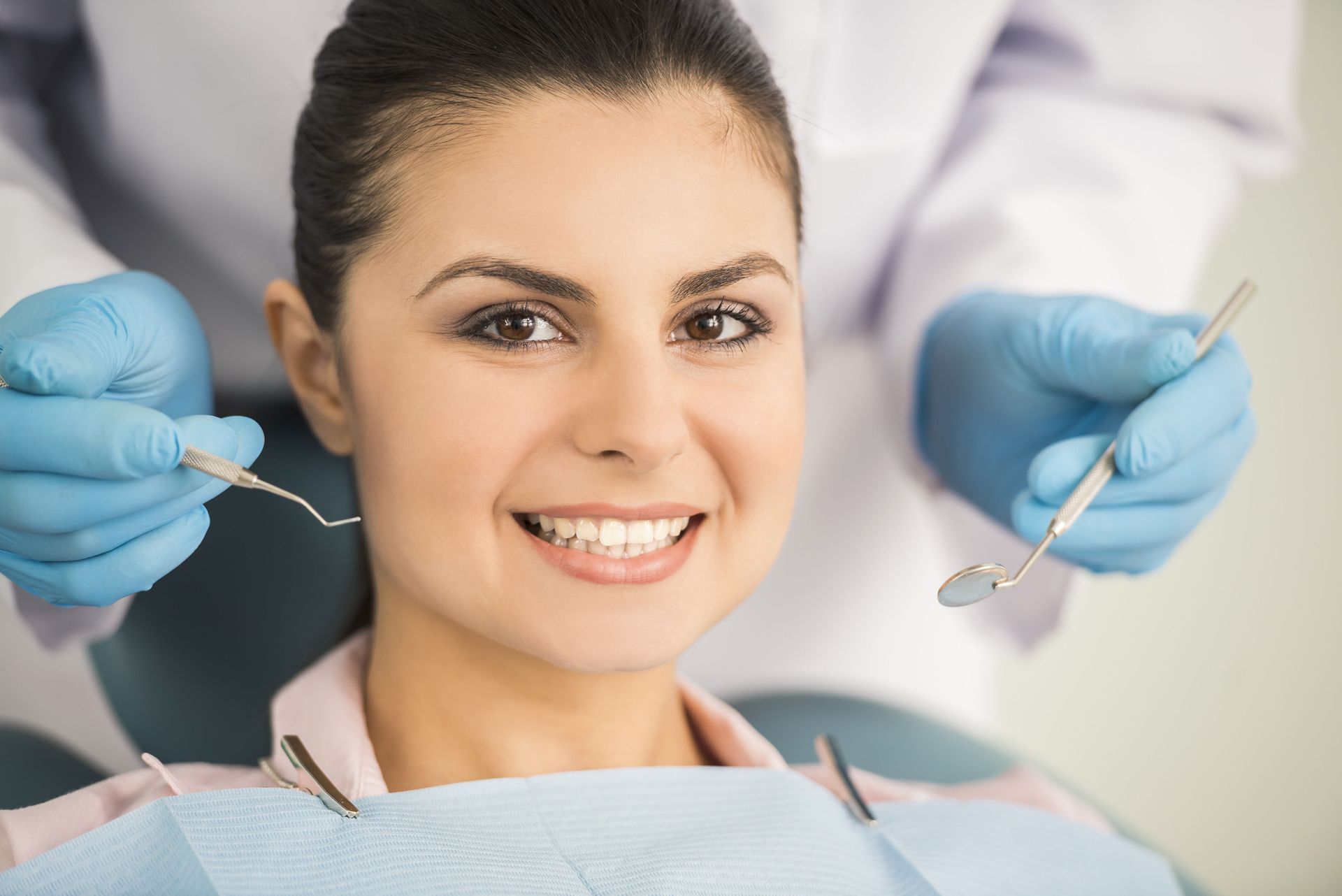
Share On: